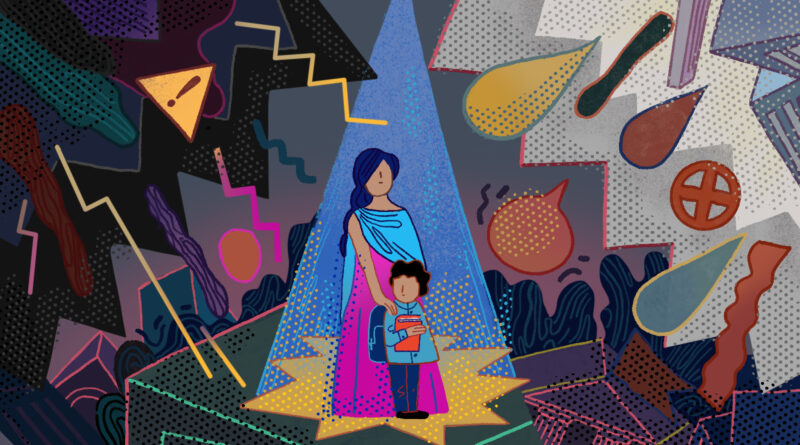Indian Oppression: The Model Minority Myth is Not Entirely True
The Indian person experience is as rich and unique as the entire history of a population would be. Maybe not as shockingly severe as some others, but relevant enough to at the very least be part of the conversation. Whenever I talk to an Indian person, we get close almost immediately. Sharing a secret between each other that few people bother to try to understand.
Our story isn’t talked about or maybe not what you’d expect. We’re not all computer science enthusiasts that are “model minorities.” We are so much more than that, and the model minority myth is simply not true.
What is the model minority myth? The model minority myth is a simultaneous mold of hard work, disregard for the success of a non white race, and the idea that some POC try harder. By their logic, all minorities who are not successful in the eyes of the white man are somehow at fault for not ‘trying hard enough.’ Black, Native, and Hispanic people specifically are placed behind in the race that is corporate America. Then, by design, Asians are in the next placed group of people in front of them. Finally, white people get to start at the beginning. This so-called model minority myth just pits us against each other. We all have different kinds of struggles but they are all valid.
Like I said, we all have our issues. There is an expectation for Indian women to take the struggle of their male counterparts and hide it from them so they are at peace. Meanwhile we manage the kitchen and family drama, all while trying to maintain a solid, respectable image of the household. We handle the whispers from all of the aunties when a new woman enters the family, already attached to a man. We are cast in the role of the sorority sisters who haze the new recruit to the family like we were by them long ago.
Hidden mental illness is often secretly warping the mind of the family, whose mother and father have deep trauma. Whether that is from poverty, immigration, or even losing family. There is next to no therapy in India, so the younger generations are expected to be there for the older ones. It can be very difficult to manage deep generational trauma and drama while also being in school, managing a social life, or even just making it through the day to day. The pressure is full of being expected to raise a family full of your own self sacrifice to keep things in the house.
Parents say don’t talk about anything going on within the home, full of creepy uncles and strict tiger moms. Many Indian people were raised in poverty from an immigrant family born into a completely different generation where we run on survival’s time. There is so much we are raised not to talk about. It got to a point where acknowledging the trauma feels like a crime that should be punished by ignoring the offensive party.
When we introduce the idea of Indian trauma in therapy, specialists naturally want to bring in the parents and family members in sessions. They are the reason most of this happened in the first place. While young Indian children as the clients are ready for therapy, the family often doesn’t know what to expect. Most families of any color wouldn’t want to put their dirty laundry on the table for everyone to see.
We want our voices to be heard while still being aware of our siblings of color whose experiences are just as important. When do we get our chance to be in the spotlight without need for a major event or disaster to bring our struggle to life? It took the murder of George Floyd to get the issue of Black Lives Matter into the public. For our East Asian friends, COVID-19 introduced a different kind of oppression that showed the hate of other members of the population. And for Hispanic people, Trump was the wall they kept running into. Oppression is not a competition to be the most vocal but staying aware of what is going on with everyone.
I feel that the experience of an Indian person is often constricted to one or two major stories that seem to cover everyone. In reality, this could not be further from the truth. We hear about being model minorities and nerdy children who turn into something else. Like butterflies we ride above, shedding our caterpillar bodies and blossoming into something else. Anyone and everyone has most likely experienced some form of oppression for something that is out of their control. That is life, and we have to talk about it. Now.




